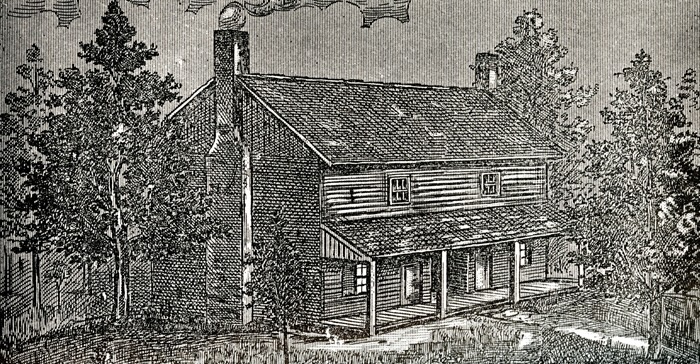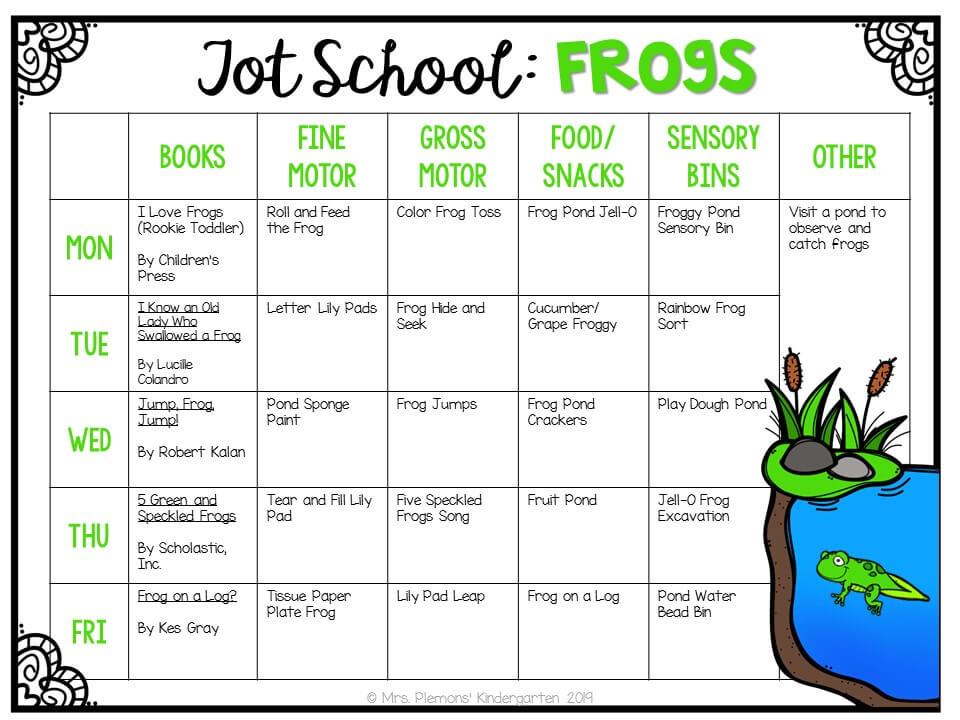Maine�s housing authority received $35 million in 2023 � the first time in 54 years it has received a direct appropriation from the state budget � to help build more affordable rental housing for communities that have struggled to...

When pandemic rental funding and protections ended rents soared across the country and many people became homeless for the first time. New programs proposed by states and Biden administration aim to reverse that trend. Photo by Joe Raedle | Getty Images
Maine�s housing authority received $35 million in 2023 � the first time in 54 years it has received a direct appropriation from the state budget � to help build more affordable rental housing for communities that have struggled to keep up with high housing prices.
The state�s program provides funding to developers for affordable housing projects with between five to 18 units, a size that housing advocates say is sorely needed in many rural communities. That includes construction for new housing, reuse of buildings for housing, and rehabilitation of existing housing.
Mark Wiesendanger, director of development at MaineHousing, said that as the Federal Reserve raised interest rates it was difficult for the independent state agency to support itself at the level the program needed, but that political leaders saw the value of their work and were able to make the historic investment because of a $141 million budget surplus.
Wiesendanger said there�s a lack of housing across the income spectrum in the state, which has some of the oldest housing stock in the nation. He said some of the housing needs to be condemned and replaced, and that much of it is inefficient to heat. To make matters worse, when the pandemic began and many people with the ability to telecommute moved to the state, the population shift drove up housing prices and wages didn�t keep up.
GET THE MORNING HEADLINES DELIVERED TO YOUR INBOX
�[The coast of Maine] is a very expensive place to live,� he said. �Folks that work there as fishermen or people who work in the local restaurants, local mechanics and firefighters, have a hard time paying to live in those towns.�
The scenery may be different from state to state but the housing landscape is much the same across the country: People are struggling to find a home they can afford. Legislators, state agencies and the Biden administration this year proposed a raft of legislation and programs to tackle the problem. Advocates say states need to do even more to prioritize housing needs.
The problem renters are facing
From January 2019 to January 2023, the average rent in a U.S. city shot up 19.38% according to St. Louis Fed data. In 22 states and the District of Columbia, people need a wage above $26 an hour to afford a two-bedroom rental home, according to the National Low Income Housing Coalition. According to rental data from CoreLogic, a company that analyzes property, financial, and consumer information, the median renter household pays $500 more than it did in 2020.
The combination of high mortgage rates and low housing inventory contributed to those soaring rental prices which hit just as the federal programs and protections put in place during the COVID-19 pandemic ended.
Andrew Aurand, senior vice president for research at the National Low Income Housing Coalition, said long-standing problems in the housing market were exacerbated by rental inflation in 2021 going into 2022.
�We saw that massive increase in rental inflation that fortunately has flattened now and rent prices have stabilized, but the damage has been done in terms of higher rents for those lowest income renters,� he said.� �� General demand for rental housing has increased quite significantly over the past decade. And so that has squeezed the lowest income renters even more as demand for rental housing has been pretty significant. It�s taken quite a while for supply to catch up.�
As rents went up, the number of people without a home also increased. U.S. homelessness, as measured by a single night in January 2023, rose 12% from last year, according to a U.S. Department of Housing and Urban Development report released on Dec. 15.
But as Aurand noted the situation is starting to show signs of improvement.
There has been an increase in privately-owned housing units under construction this year, from 932,000 in January 2023 to 988,000 in November 2023. In 2022, the Biden administration released a plan to increase the housing supply, which included expanding federal financing of loans for affordable multifamily development homes and removing a cap for larger loans to build and rehabilitate certain homes.
But Mari Castaldi, director of state housing policy at the Center for Budget and Policy Priorities, said that it�s up to states and localities to prioritize housing. States have recognized this, with lawmakers introducing more than 2,500 bills related to housing and homelessness this year in 49 states and D.C., Puerto Rico, the Virgin Islands and Guam, according to the National Conference for State Legislatures. This is almost twice the amount of bills the legislatures introduced in 2022. Ninety-three bills specific to rental assistance were introduced in 27 states this year compared to 56 bills in 12 states in 2022. Expect more of the same in the coming year. New Jersey lawmakers introduced an affordable housing �fix� just ahead of Christmas, and New Hampshire legislators have prefiled numerous bills aimed at adding more affordable housing for their session that starts on Jan. 3.
�What we�re seeing is that more and more, given the political dynamics in Washington, D.C., and particularly the debates around the debt ceiling, the prospects for sorely needed expansion of investments in affordable housing resources is uncertain at best,� Castaldi said. �We�re seeing, really out of necessity, and based on the needs in their community, states are starting to step in and try to begin filling those massive gaps.�
Affordable housing solutions across the U.S.
The number of these programs vary greatly from state to state. New York, Minnesota, California, Massachusetts, and Illinois had the most rental housing programs in the U.S., with more than 17 programs, according to an October National Low Income Housing Coalition report, and Oklahoma, Alabama, Idaho, and Montana were among the states with the fewest, with one to seven programs. The organization found zero programs in Arkansas and Wyoming but cautioned that this may simply mean there is no online information about them, not that they absolutely do not exist in these states. The Arkansas Development Finance Authority told States Newsroom that it administers a state Low Income Housing Tax Credit Program similar to the federal program that encourages affordable rental housing development.
Aurand said some states and cities are also finding creative ways to support affordable housing efforts, and Denver, Colorado is one example. The city�s marijuana tax revenue provided $8.7 million for affordable housing assistance this year. One downside of this approach, however, is that it is dependent on those sales, which have been falling.
The funding for these programs comes down to the political will to fund programs as well as funding existing resources to support them, housing advocates said.
�Generally speaking, the states with the largest number of programs tend to be more socially progressive in terms of government programs, so I do think that plays a factor,� Aurand said. �Given that we focus on extremely low income renters, it takes a lot of resources to adequately serve the lowest income population to meet their needs.�
States can also come up with solutions that are more tailored to their particular housing needs. Wiesendanger of MaineHousing explained that although the U.S. Department of Housing and Urban Development�s Low Income Housing Tax Credit program is helpful for addressing rental affordability in Maine, it has its drawbacks. It can be hard for some developers to use the program to build more affordable rental housing, he said.
�It requires a certain amount of scale to work because there�s so many fixed costs in those projects � design fees, legal fees, things of that nature,� he said. �� So in these rural areas where, let�s say, they need 15 units in a town, but these projects really need to be 20, 30, 40, 50 units to work, it�s really hard to make that program work there.�
He said the Maine program also comes with fewer requirements so that less sophisticated developers can use it.
Finding the political will
Minnesota�s approach to affordable rental housing targets many different populations with smaller programs, such as Bridges Rental Assistance, which focuses on people and families where at least one person has a serious mental illness. The program assists them while they wait to get into another housing program, such as Section 8 housing. The Homework Starts with Home program is designed to help children stay in their school through supporting their family�s housing.
Housing advocates in Minnesota would still like to see larger programs, however, to serve the full needs of people in the state. According to Minnesota Housing Partnership�s analysis of 2021 Census data, more than three-quarters of low-income people in the state are spending more than 30% of their income on housing costs, which means they are �cost-burdened.� Fifty-seven percent of Black renters were cost-burdened compared to 45% of white renters. Sixty-three percent of seniors had to spend more than 30% of their income on housing.
Elizabeth Glidden, deputy director of Minnesota Housing Partnership, said she�s seeing more political support for rental assistance in Minnesota than in� other states. She said these conditions may have been influenced by a very large budget surplus, which she said has made it easier to bring more attention to housing. But she added that she has also seen more bipartisan support for affordable housing than in the past.
�Does that mean that we are meeting the need? It doesn�t mean that we are meeting the need. It just means that there has been over time and, across bipartisan lawmakers, you�re seeing more attention that has been spent on meeting housing needs than some other locations around the country,� she said.
The Family Homeless Prevention and Assistance Program, which helps tenants with rent deposits and rent payments, is an example of that shift, since the program once was funded at $20 million for two years to serve the entire state but has been dramatically expanded this year. In March, the Senate voted to provide $50 million for the program, which received bipartisan support, and Minnesota�s Democratic Gov. Tim Walz signed the bill into law later that month.
Jewelean Jackson, 74, has lived in Minneapolis for about 50 years, and is an advocate for changing housing policy in the city. Jackson has received housing assistance that she said was vital to ensuring that she didn�t become unhoused again. Jackson said she has been living in a one-bedroom apartment for the past three years. Before getting the apartment she spent eight years living in shelters or her car, but was able to avoid living in an encampment, she said. She was worried about losing housing again when her rent increased from about $270 a month to almost $500 a month in 2022 but was able to stave off eviction from December 2022 to March 2023 with rental assistance funds.
�Society always all of a sudden discovers that it has this heart when there�s a tragedy,� Jackson said of changes in housing policy that started with the COVID pandemic. �And so as a result of COVID, it has loosened the system�s strings. It has not been as difficult to get in and out of some of the programs and people have been a little bit more sympathetic as a result of COVID. But we�re a far cry from being where we need to be in terms of homelessness in this country, including Minnesota.�
SUPPORT NEWS YOU TRUST.
The post States, Biden administration push efforts to aid renters, keep people housed appeared first on Arizona Mirror.















